Moza Active Shifter
Benefits
- Device can be used as a shifter (sequential and H Pattern) and handbrake in the future
- Compatible with most sim-racing titles
- Configurable for excellent racing sensations
Disadvantages
- A slightly high price tag for a shifter/handbrake
- May take some time to get used to shifting gears at first
Our rating: 9.6/10
Moza Racing has been on a roll in recent years. From Nobody, the brand has become a key player in the sim-racing world, with a comprehensive range of driving and flight simulators.
Faced with the competition, Moza represents an excellent, in some cases even budget-friendly, alternative. It’s more or less the equivalent of the Huawei we had several years ago before it was banned from Google services. Their smartphones were excellent in terms of hardware and software, and often less expensive than the competition from Apple and Samsung.
Moza, at least I think, is trying to ride this same wave by offering high-quality, immersive, technologically advanced products that can be relatively cheaper than the competition. One example is the mBooster, an active pedal recently launched by Moza that represents a good alternative to Simucube’s pedal, which is almost 3 times more expensive.
Back to the heart of the matter. Today, we have theActive Shifter on our setup. This is the AB9 flight simulation base, which has been reused to transform it into a shifter and handbrake in the future. Is the feel better when you switch to an active shifter? Well, let’s find out.
Main features and shifter technology
- AB9 base with 2 electric motors delivering 9 nm constant torque and 12 nm peak torque
- Aluminum alloy structure
- Compatible with the entire Moza and Pit House ecosystem
- Compatible with many native sim-racing titles
- Available in sequential and H Pattern modes depending on configuration
- Configurable to simulate various gearbox types
- The two motors are used to simulate the rails of a gearbox in H Pattern mode, and 1 fixes the lever in place in sequential mode while the other shifts gears on an axis
Design
Moza’s AB9, or Active Shifter, is a Direct Drive base of sorts, incorporating two electric motors to simulate force feedback. Its design is rather sober, and it’s also recent, since the flight sim range was unveiled last summer.
The casing is full-height, with a dark black dress and a few bronze accents, notably for the logos. Honestly, it’s really quite beautiful.
Inside the gearbox, you’ll find two shift knobs: a small one with a ball for H Pattern, and a cylindrical one for sequential mode. Incidentally, Moza sells the knobs alone if you already have the AB9 in your setup.
Customized assembly
The Active Shifter can be mounted either on furniture using the brackets supplied, or directly on a sim-racing cockpit. It’s all done from the bottom up, with fixing points at the corners of the device.
Installation is relatively straightforward, and I strongly suggest that you use the AB9 on a chassis for greater racing stability. It would be very unwise to end up with the shifter in your hands when shifting gears.
Manufacturing and finishing
Moza is very particular about its products, and the AB9 is no exception. The aluminum-alloy cabinet is very premium, with a finish to match. Beautiful, well-finished and premium.
The parts are superbly well machined, with assembly free from any gaps or mismatches between the various elements that make up the device. Once again, Moza has its guidelines in terms of manufacturing quality, and the AB9 follows them to the letter. It’s a good product, simply put.
Shifter adjustment and handling
Let’s move on to the base settings for sim-racing. If you already own the AB9 for flight sims, you’ll need to keep Moza Cockpit and install Pit House, as this is the software that allows you to set up the AB9 in shifter mode.
Configuring the Active Shifter will take some time, as you’ll need to specify the gearbox mode (H Pattern or sequential), the number of gears, their layout (especially for reverse), shift resistance, vibration, damping, torque output and a host of other settings to fine-tune. It may sound tedious, and it really is, and you’ll have to be patient to find the right settings. But I can assure you that it’s well worth the effort.
In terms of grip, the two supplied knobs are superb. You don’t really have to use the round one for the H Pattern and the cylindrical one for the sequential, but they both fit very well in the hand. So, no worries there.
Sensations during play
It’s time to answer the burning question: how does the AB9 feel in play as a shifter? In two words: it’s exceptional. Switching from a mechanical shifter, like Moza’s HGP or Fanatec’s ClubSport SQ V1.5, to an active one adds so much feedback to the riding experience that you’re no longer going to use a sensor shifter.
Gear shifting is literally authentic, like that found on a real car. You can feel the gears aligning or interlocking with each other in the gearbox in H Pattern mode. In sequential, the famous “clank” when you pull or push the stick to change gear is present with so much feedback and sensation. It’s exceptional, as I said earlier, and almost thrilling to use in the middle of a race. In fact, anyone who does track sessions with racing cars knows what I’m talking about, and it’s exactly the same feeling with the AB9. And it’s all made possible by the software that controls the electric motors.
I wonder why manufacturers of sim-racing peripherals like Fanatec, SimLab or Simucube haven’t come up with the idea of developing an active shifter. It’s simply a game changer for those who drive with three pedals.
However, not everything about this device is perfect, and there’s one point that takes some getting used to, and that’s the shifting itself. On a conventional shifter, the gears are separated by a rail that prevents the shifter from upshifting. On the AB9, one of the motors takes care of this. At first, you’ll feel your way through the gears, just like on a car with a rinsed gearbox. But with a little time, it will become natural, thanks to muscle memory.
Compatibility
In terms of compatibility, the Active Shifter, or AB9, is supported by many of the sim-racing titles currently available on the market. The list is not exhaustive, but the best-known are among them.
As for the platform, well, it’s Windows PC only. You shouldn’t expect console compatibility either, especially on a product with few miles on the odometer.
Value for money
Let’s move on to the price. Depending on your sim-racing setup, the Active Shifter will cost you €50 or €650. 50 if you already have the AB9 in your flight sim, and €650 if you opt to buy the whole thing. From a purely sim-racing point of view, it’s expensive, I’m not going to lie. But if you’re a fan of airplane and car piloting, I think it’s worth the asking price, as the AB9 is quite frankly a versatile base.
My verdict
What do I think of the AB9 as an Active Shifter? For fans of three-pedal setups, it’s a game changer. The realism provided by this device blurs the barrier between driving on a simulator and on a real car. Immersion is almost total, in every respect.
However, this comes at a price, literally. This peripheral is expensive, especially when you consider that the target audience is not a large one. As far as I’m concerned, I think it’s an excellent investment if you’re into flight simulation and racing. But at the same time, the wear and tear on the base may put a brake on some buyers, as the motors are constantly being used in shifter mode. On this point, only time will tell.



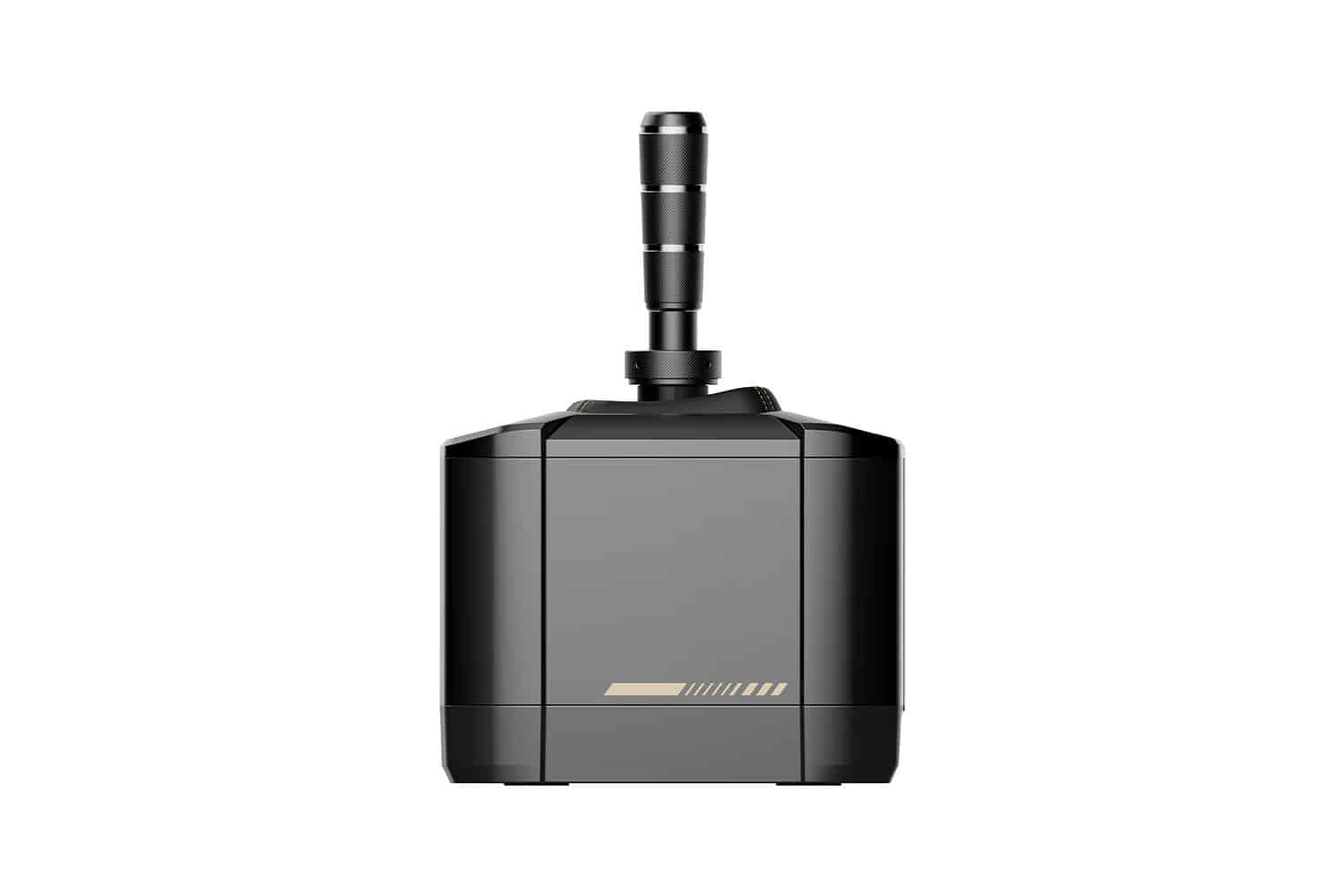
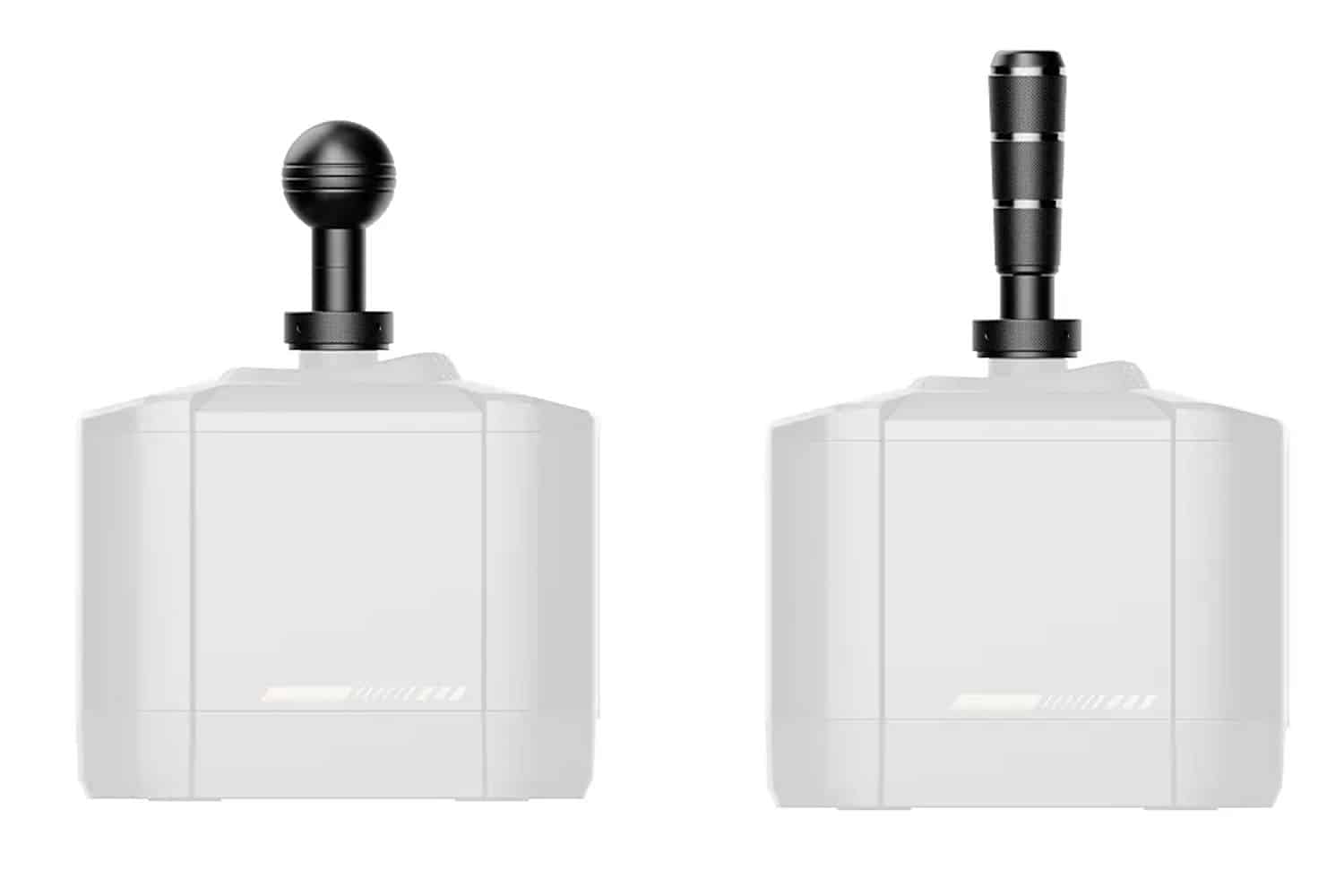
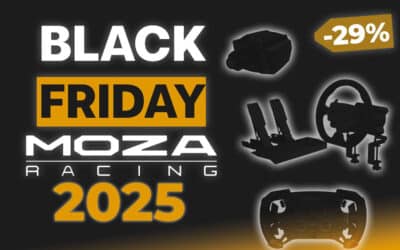

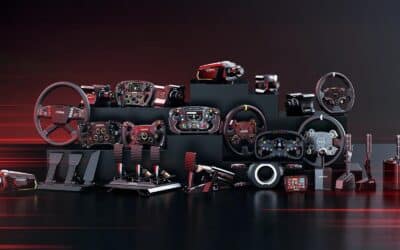
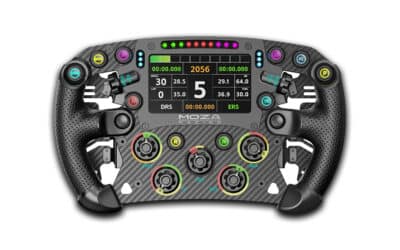

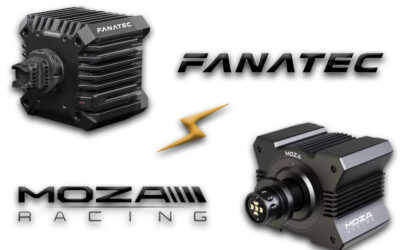
0 Comments